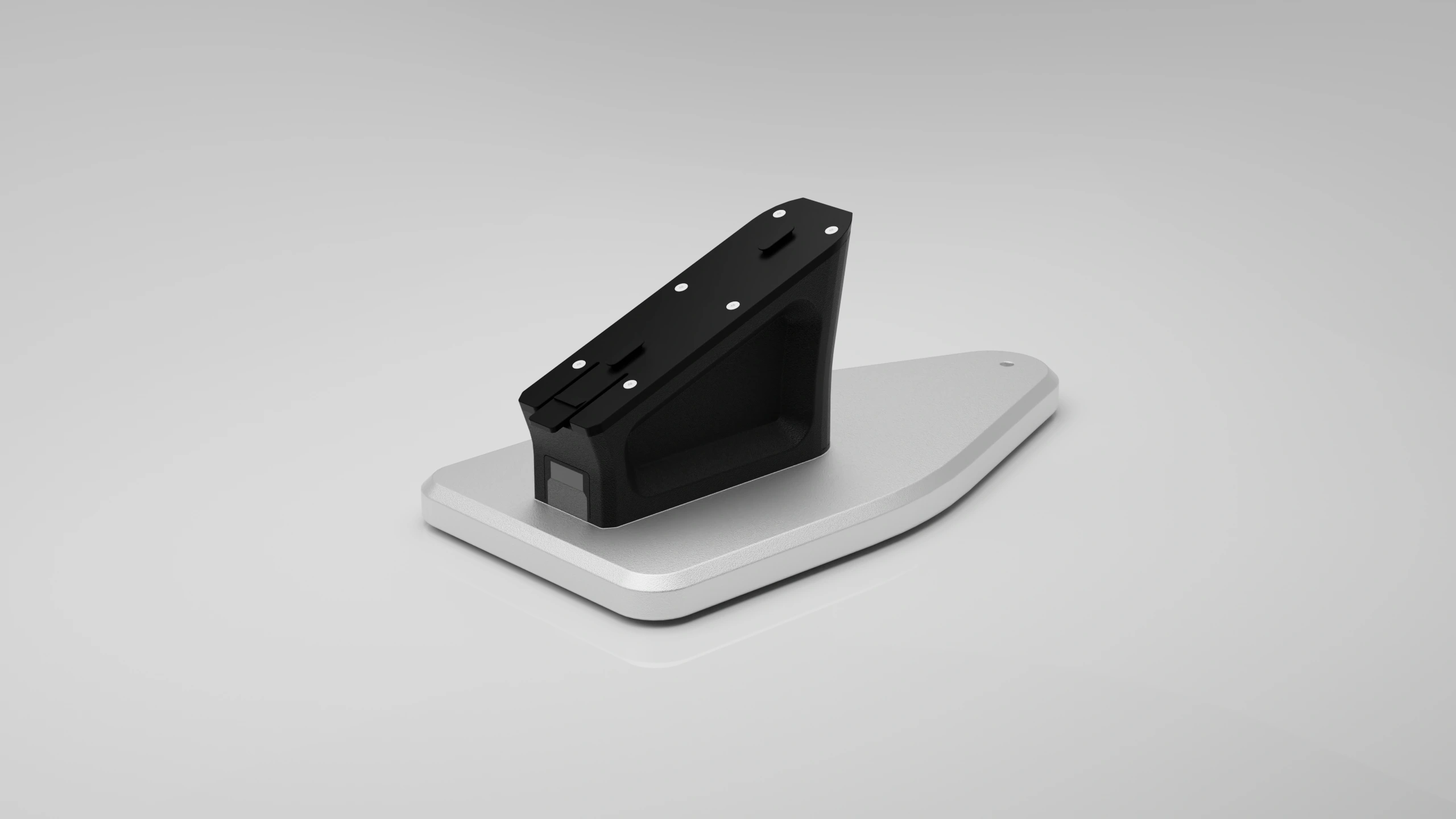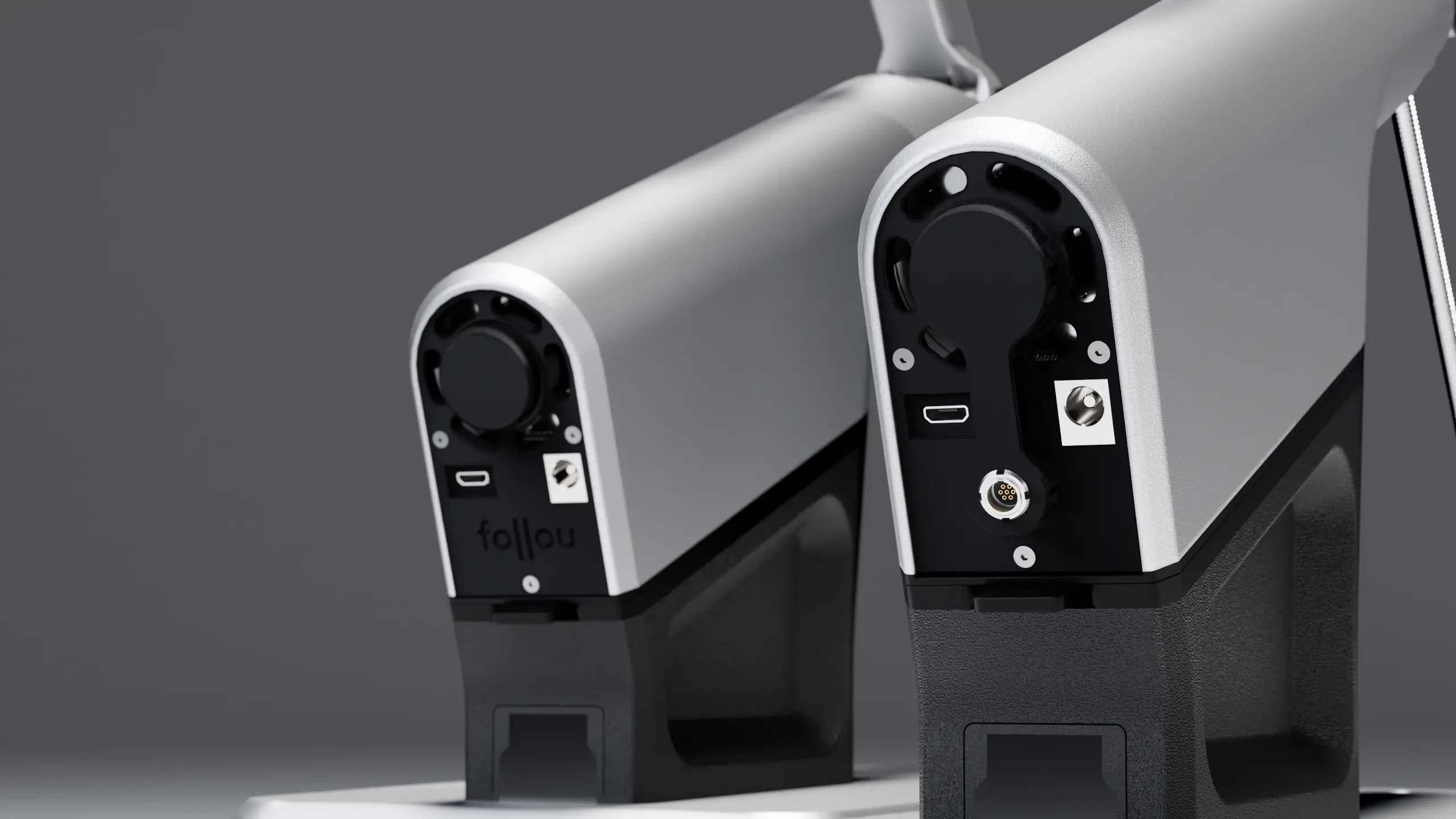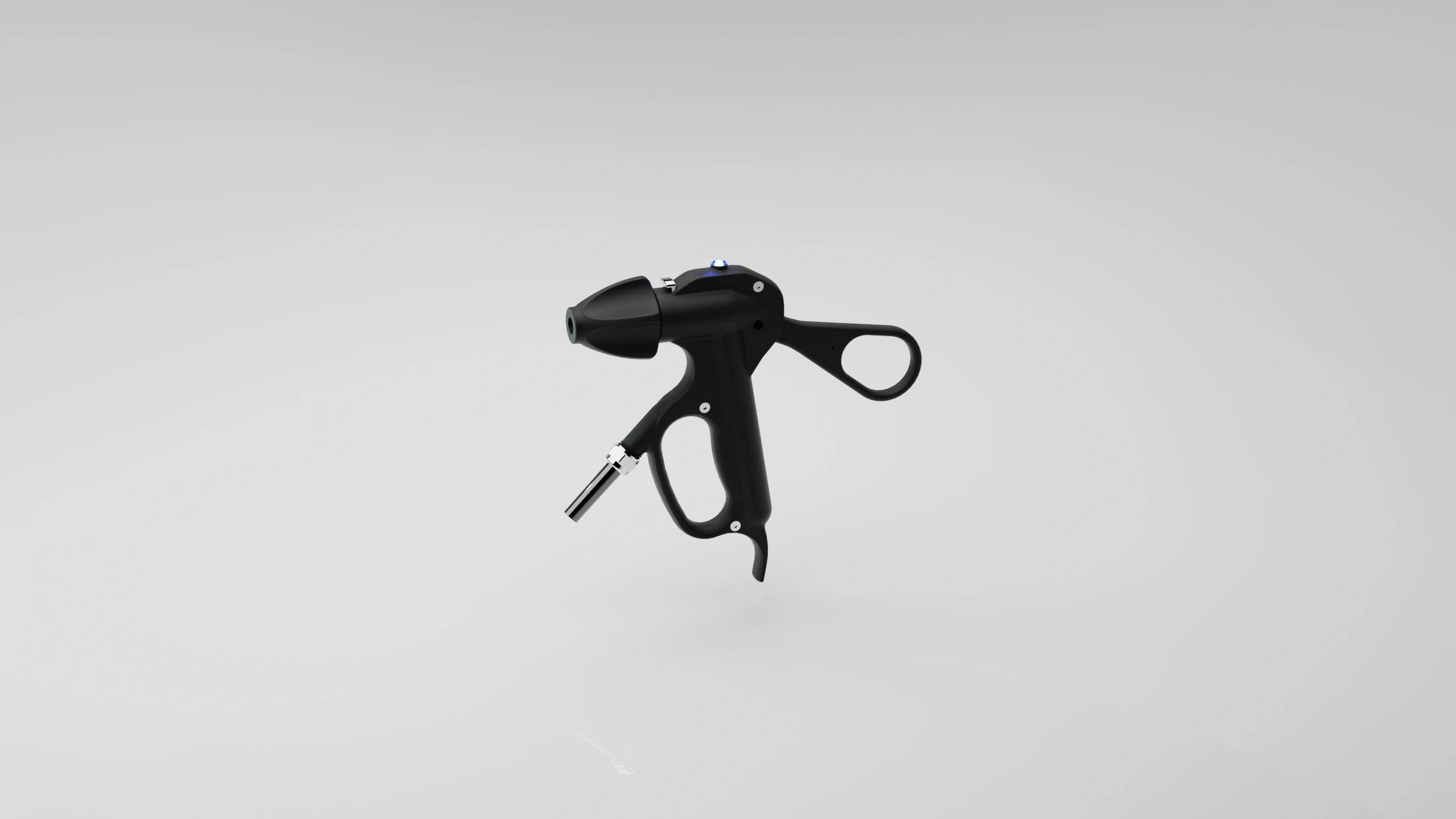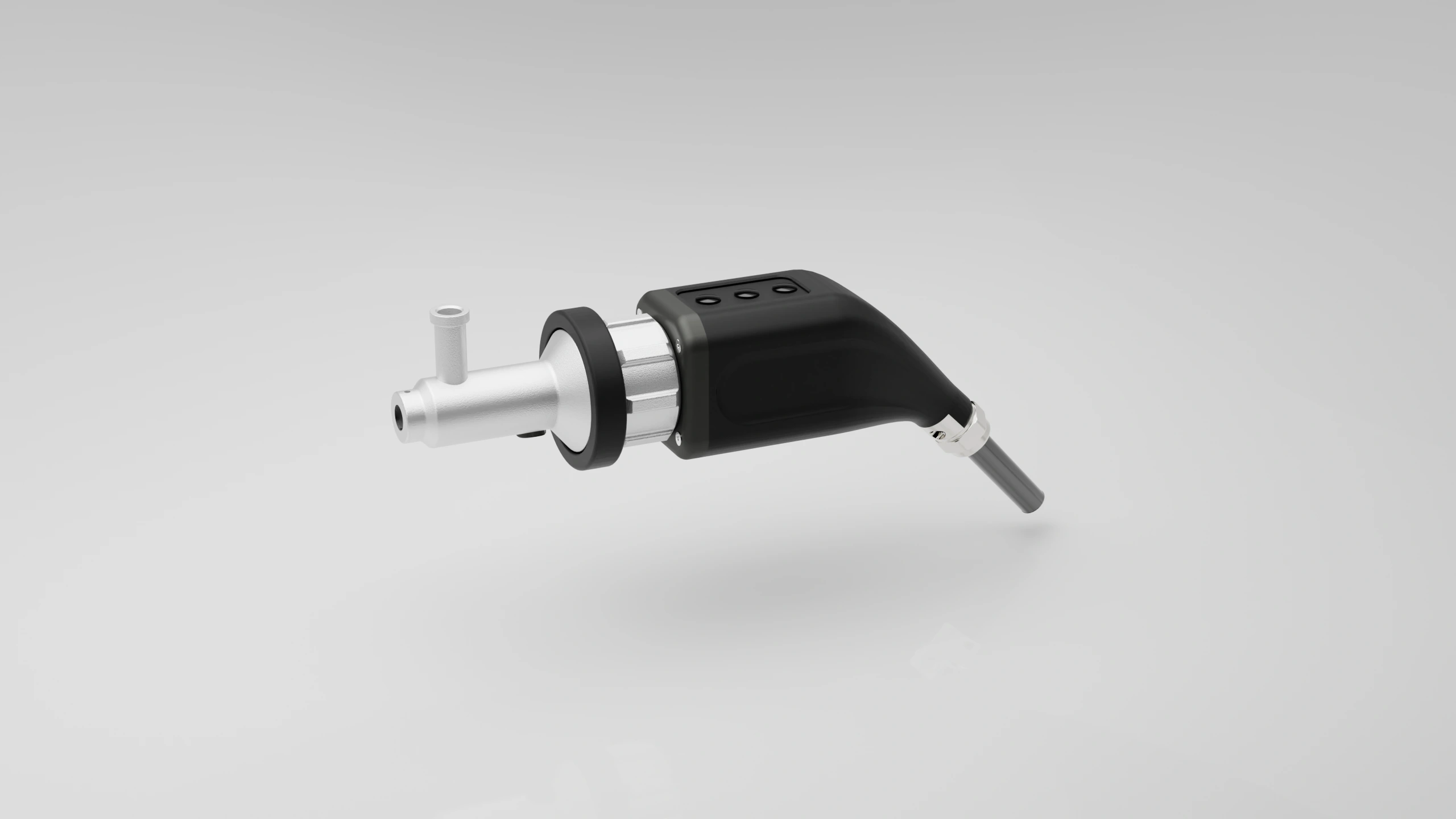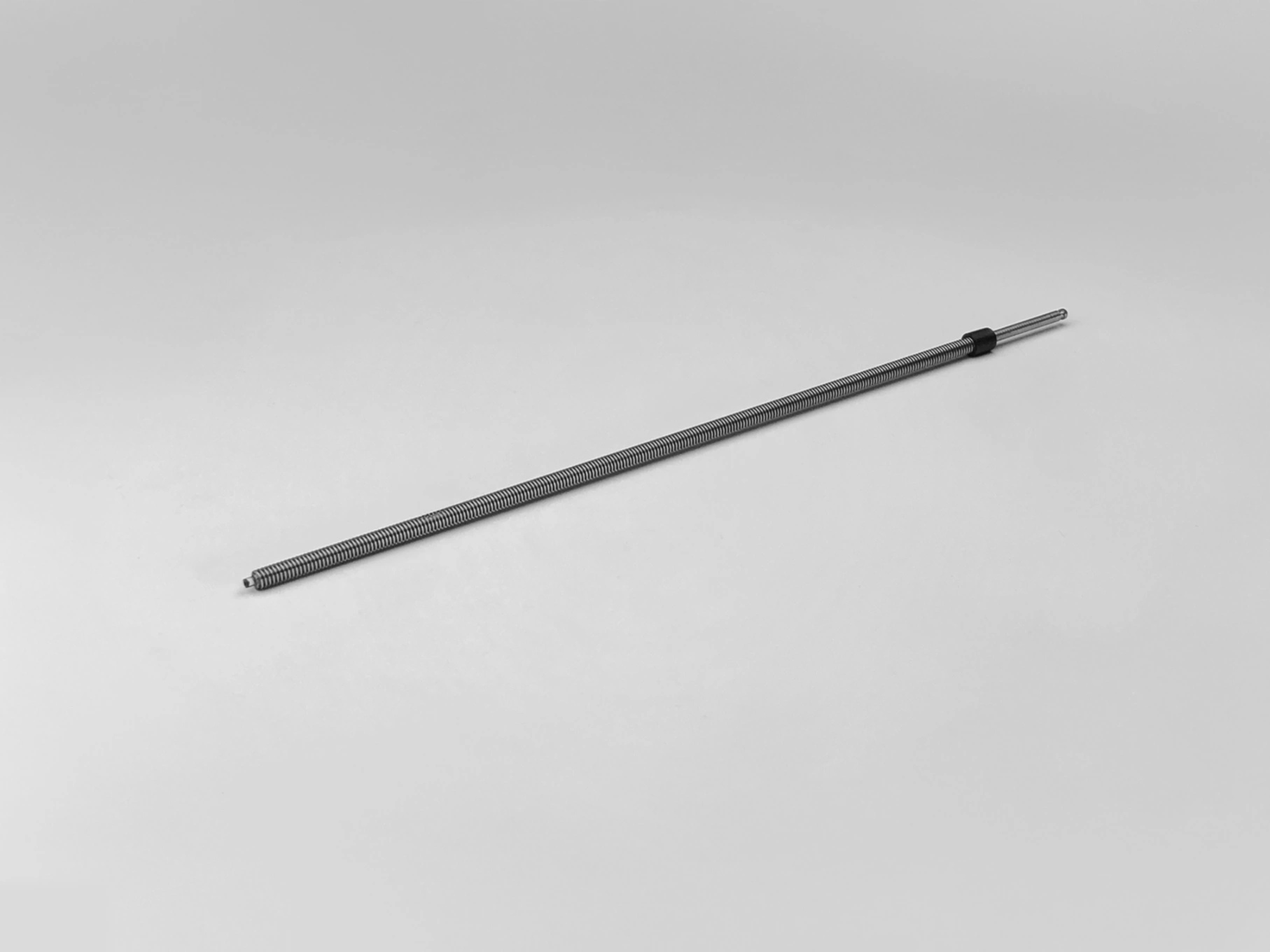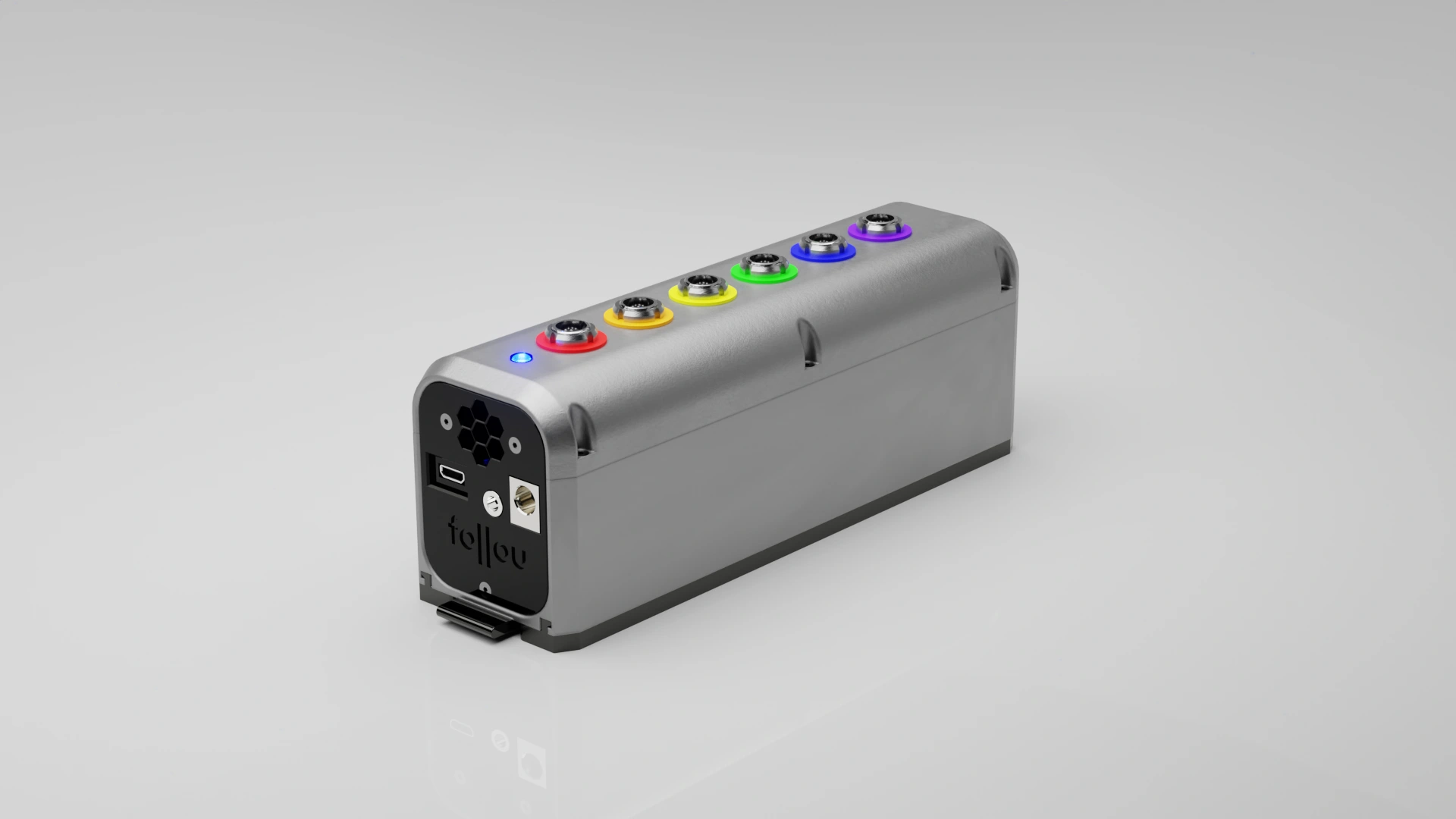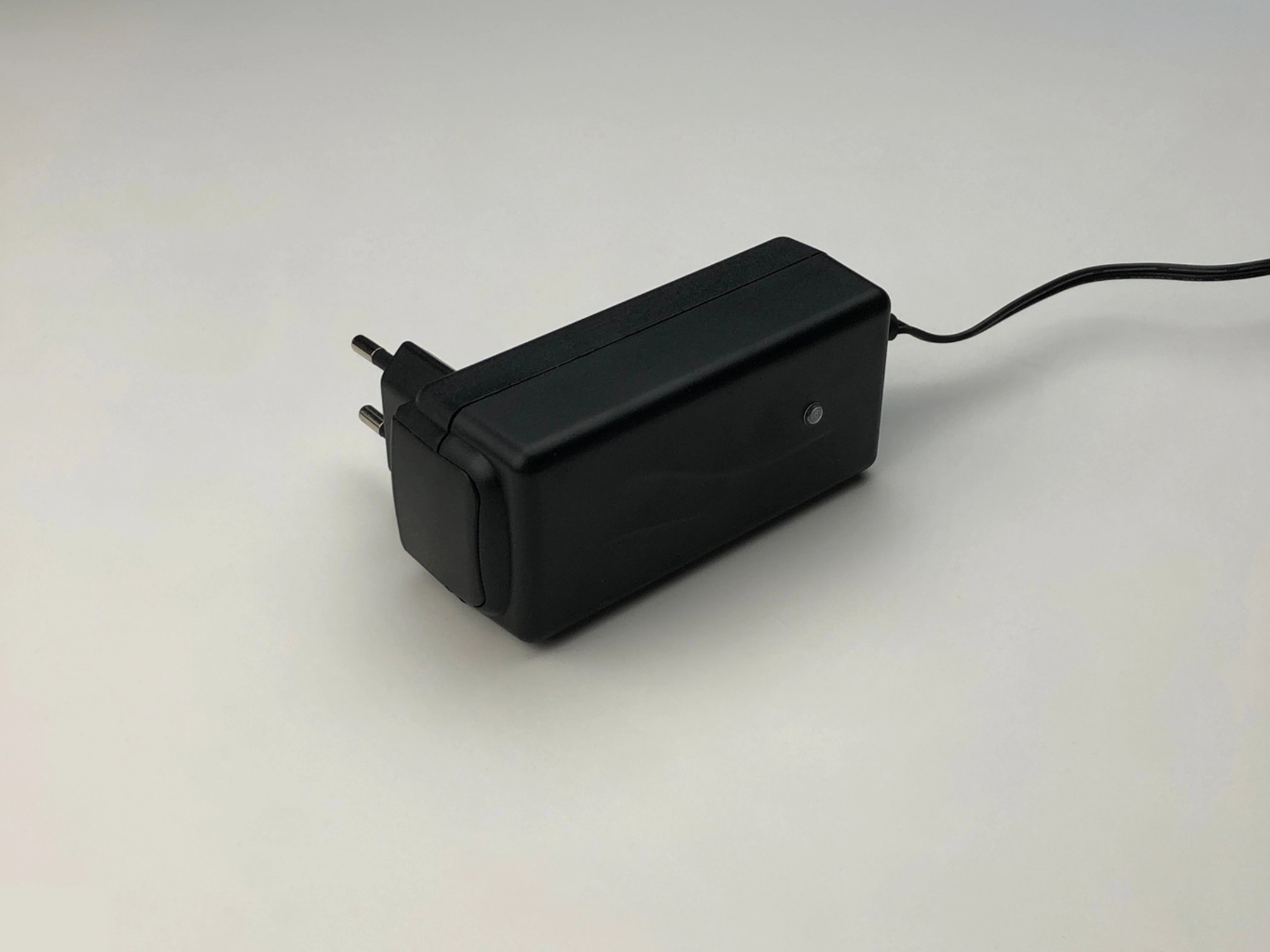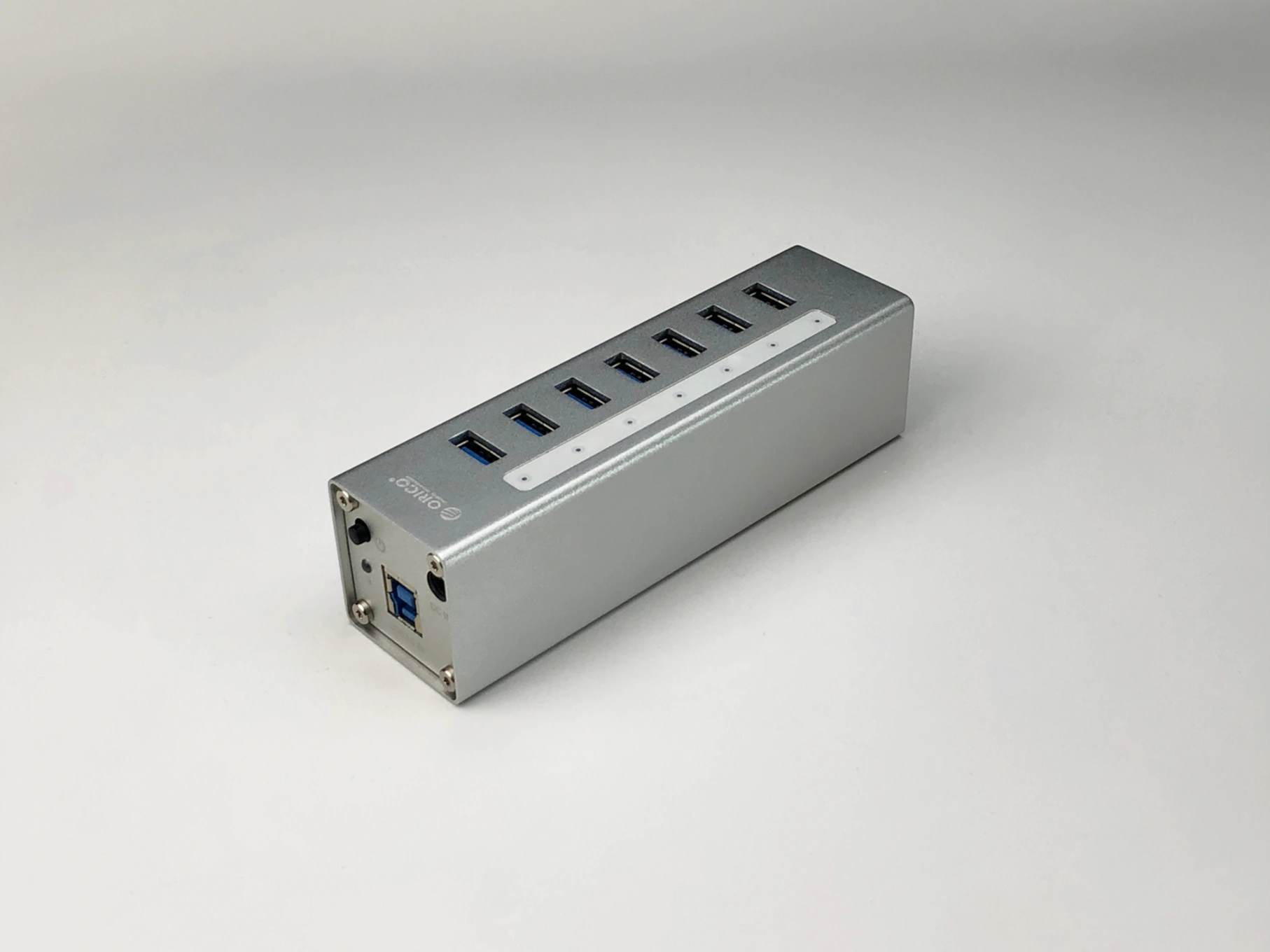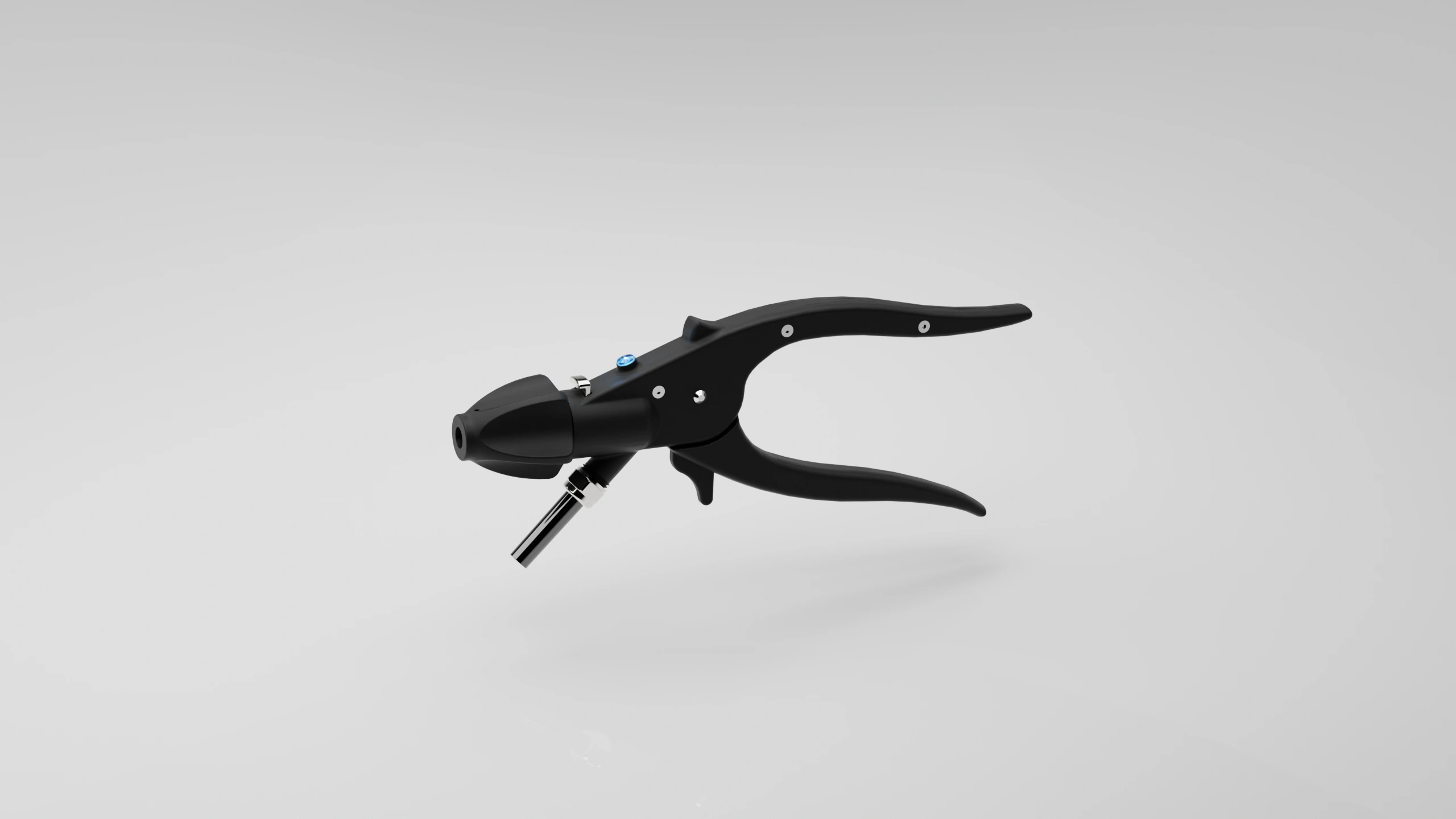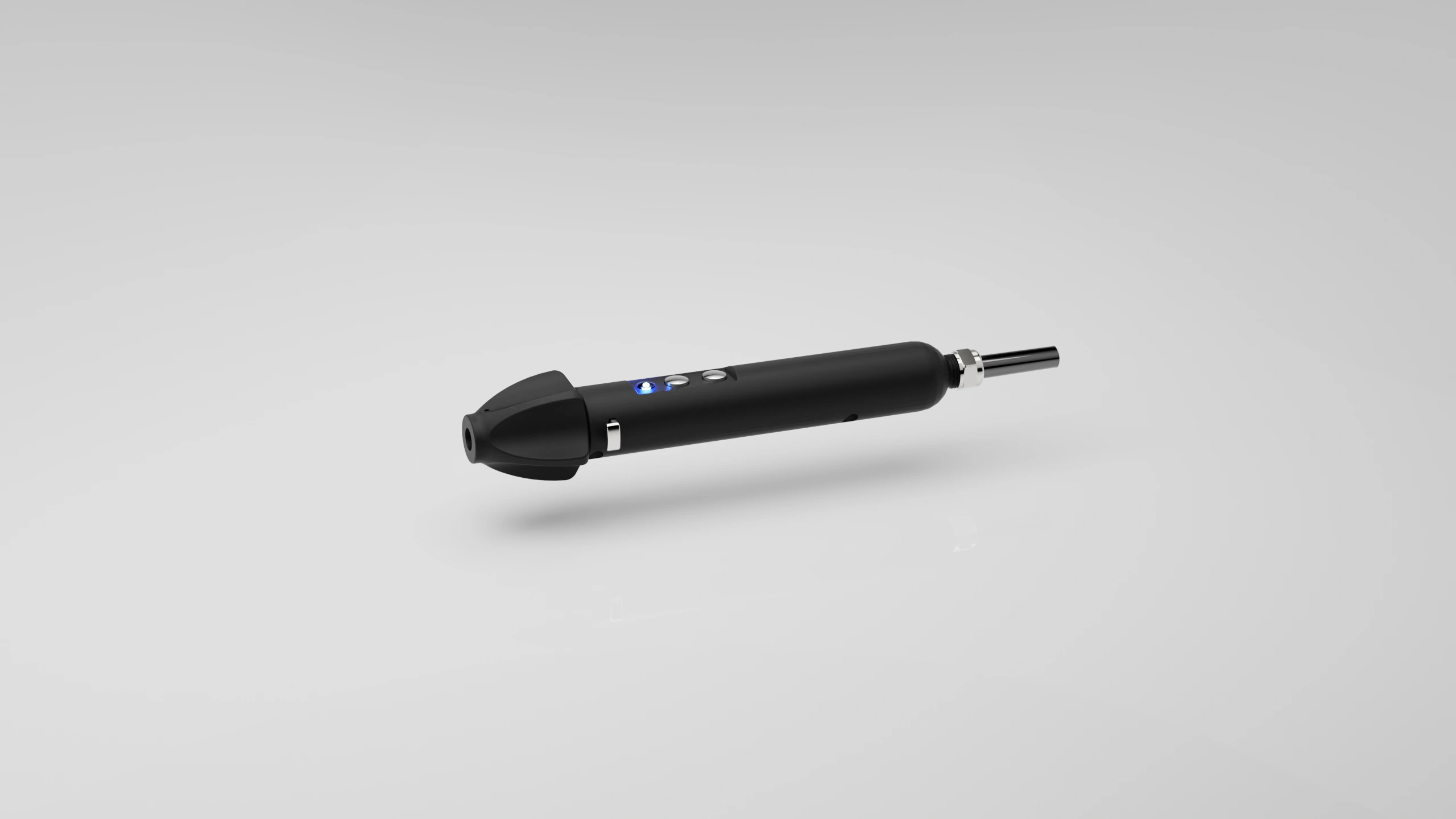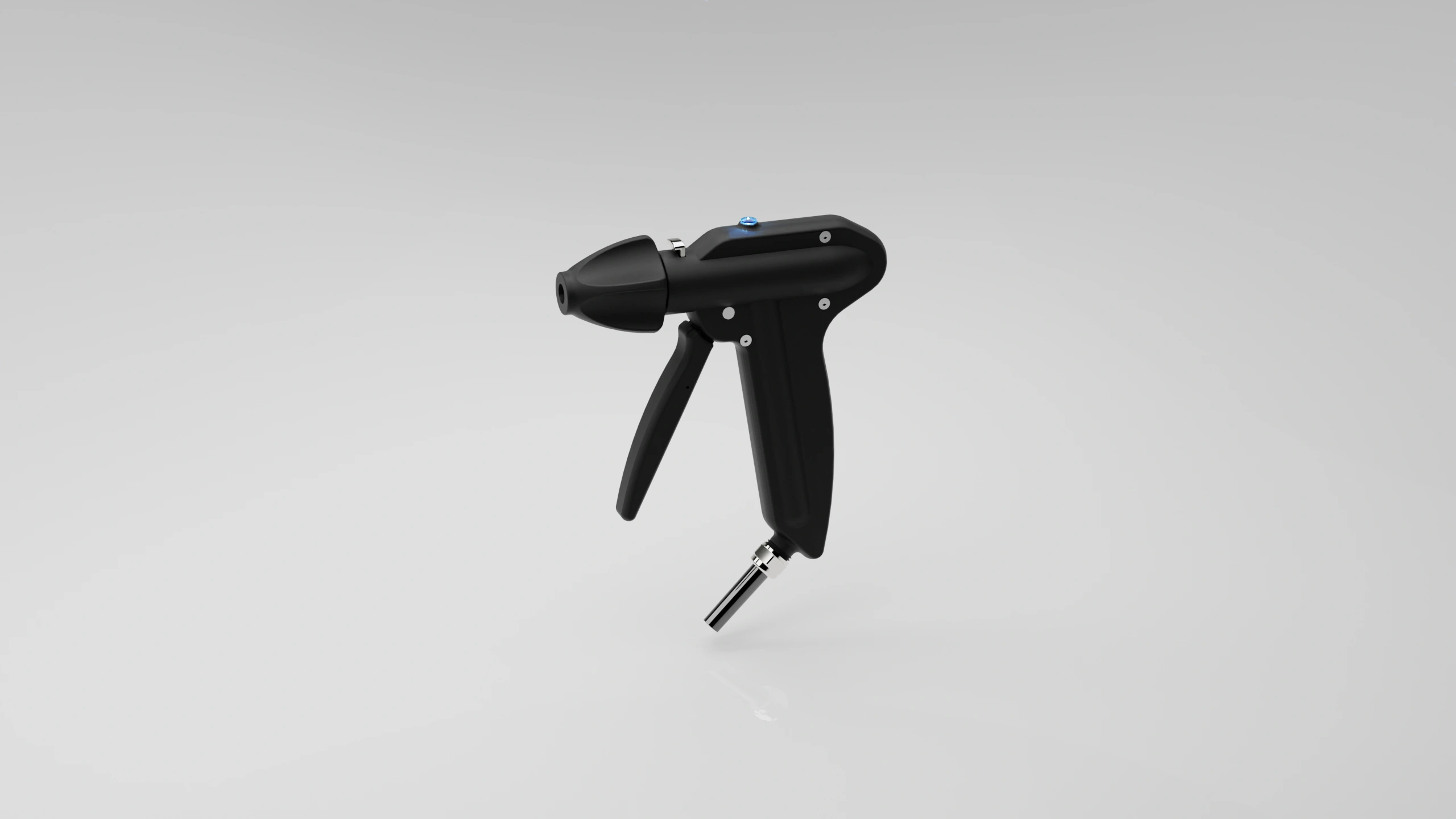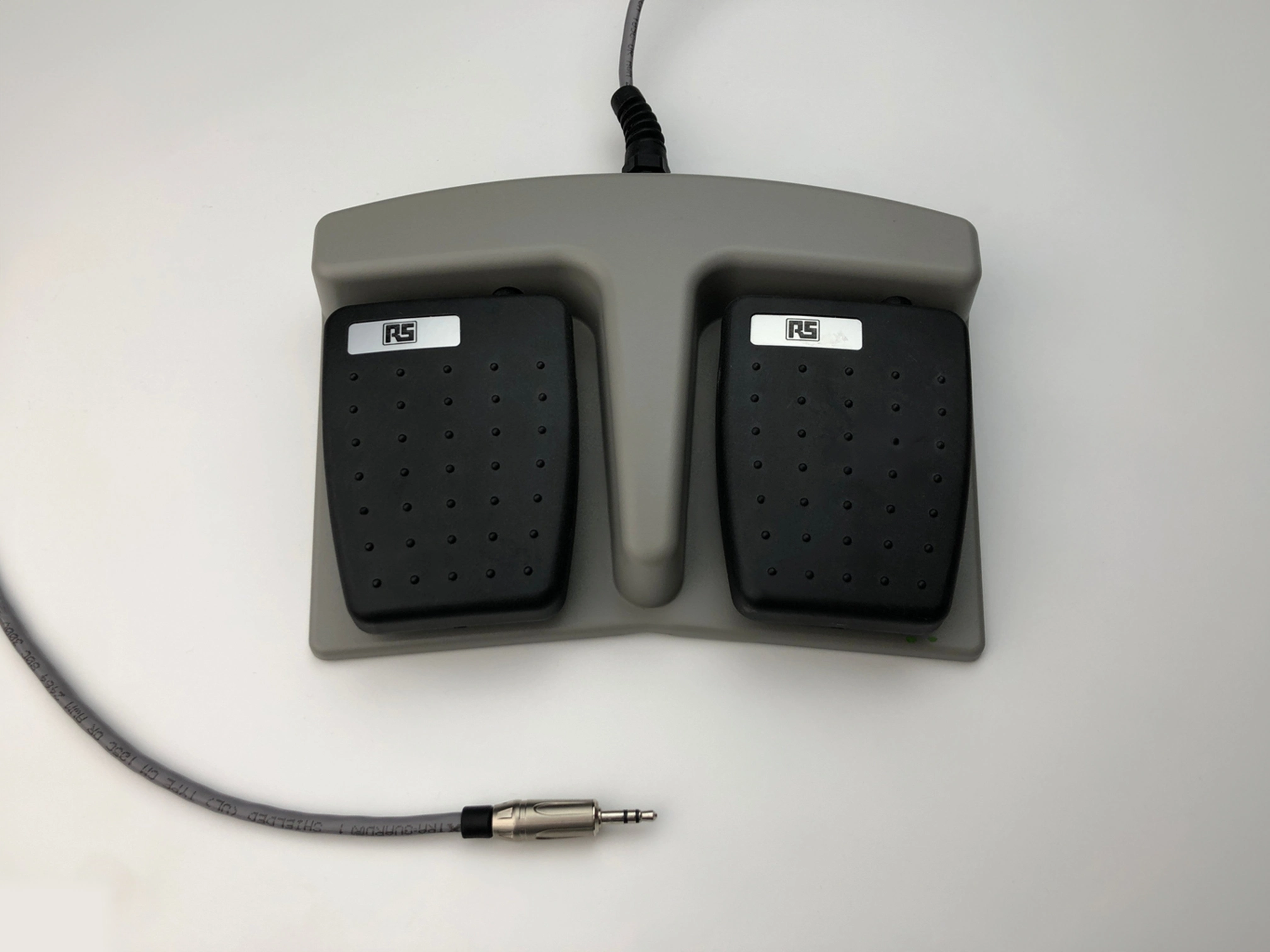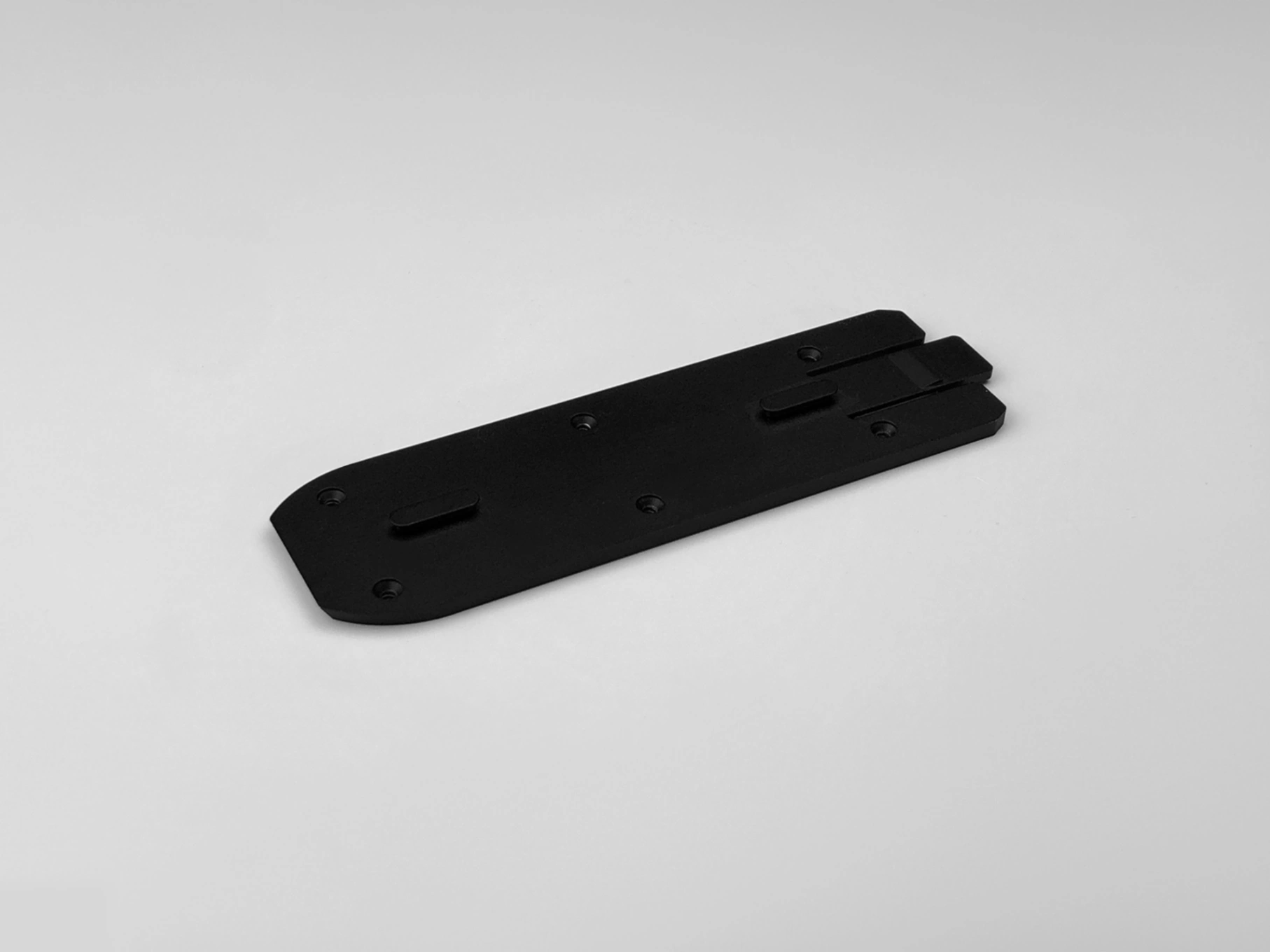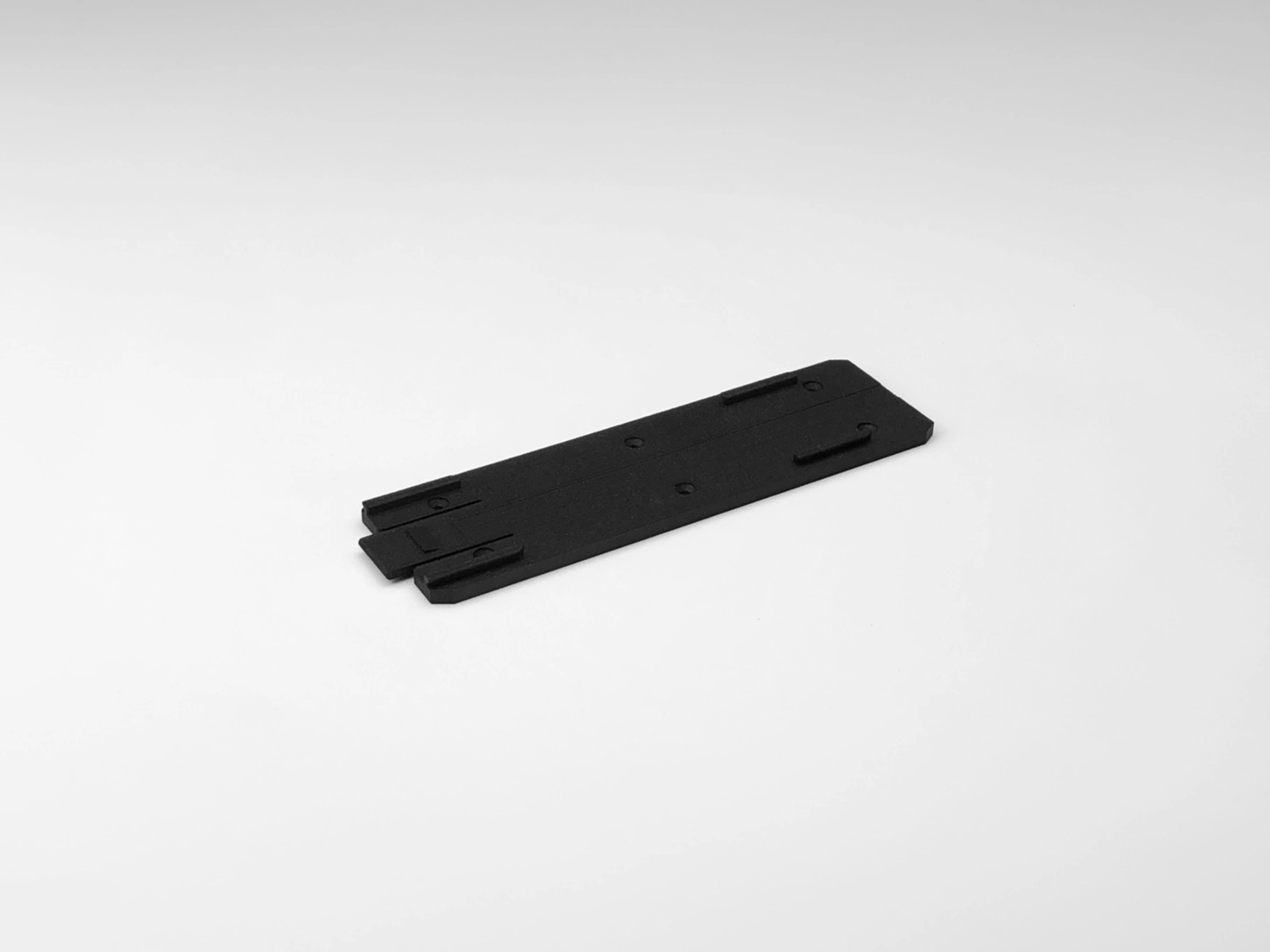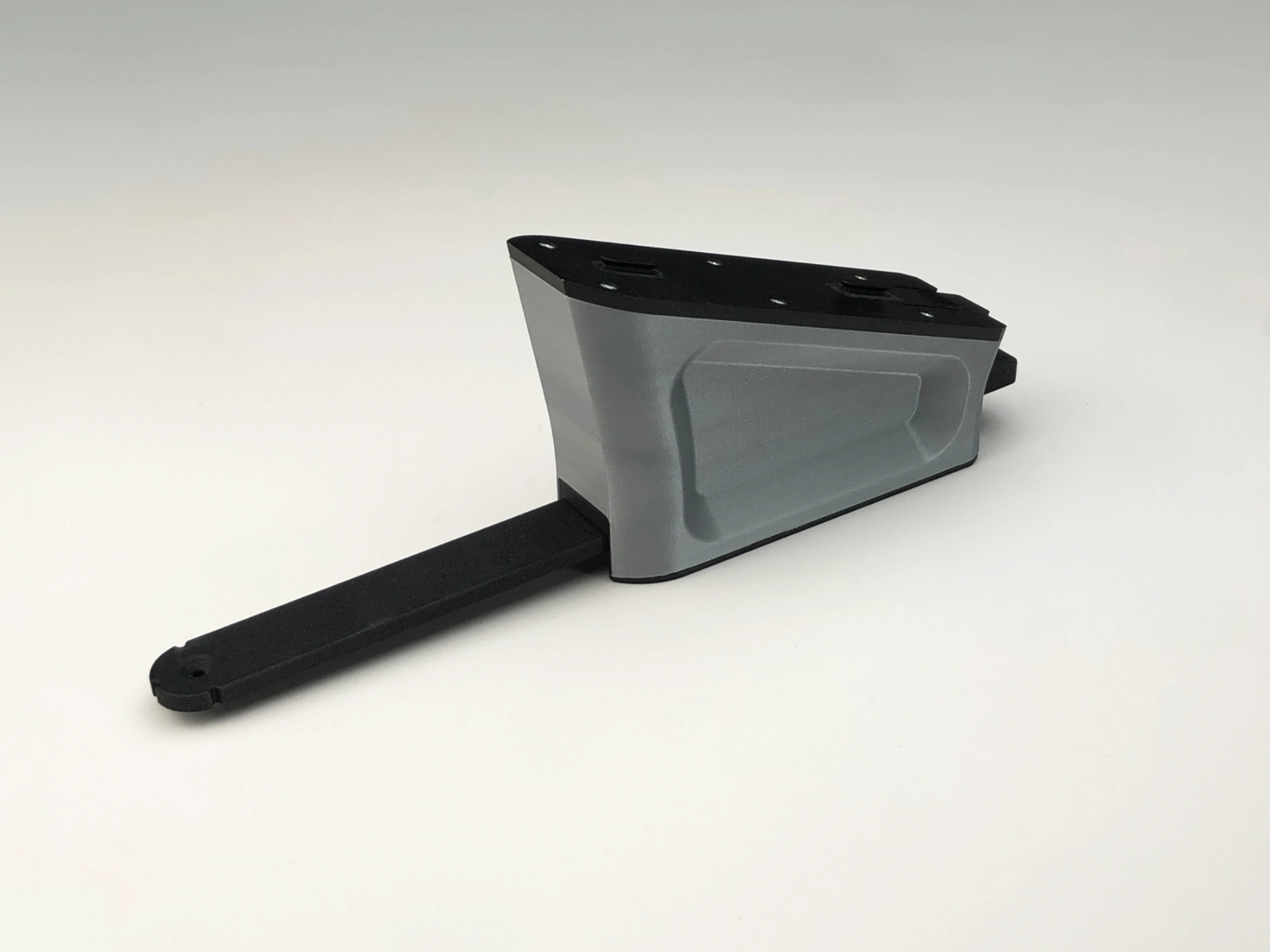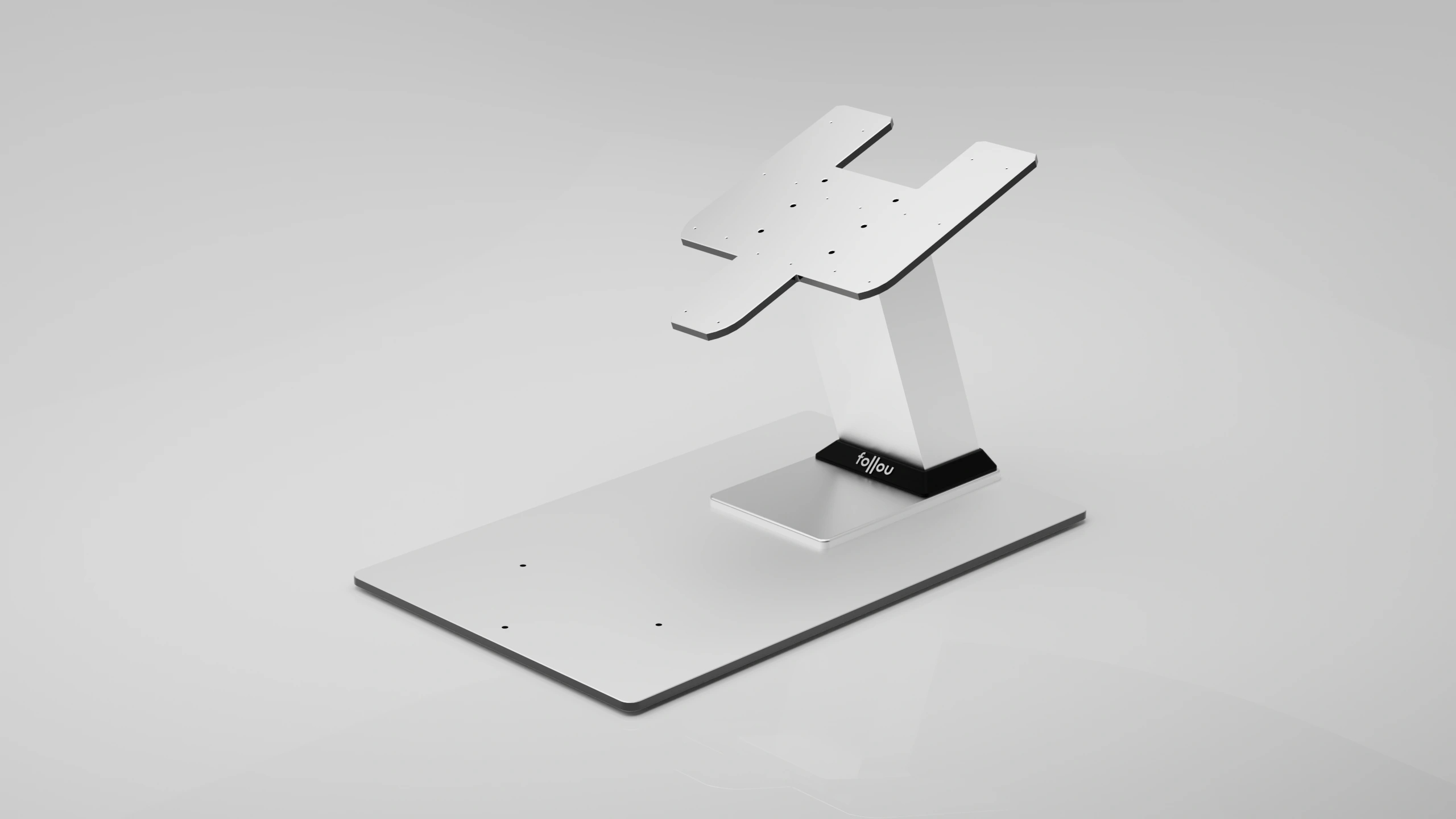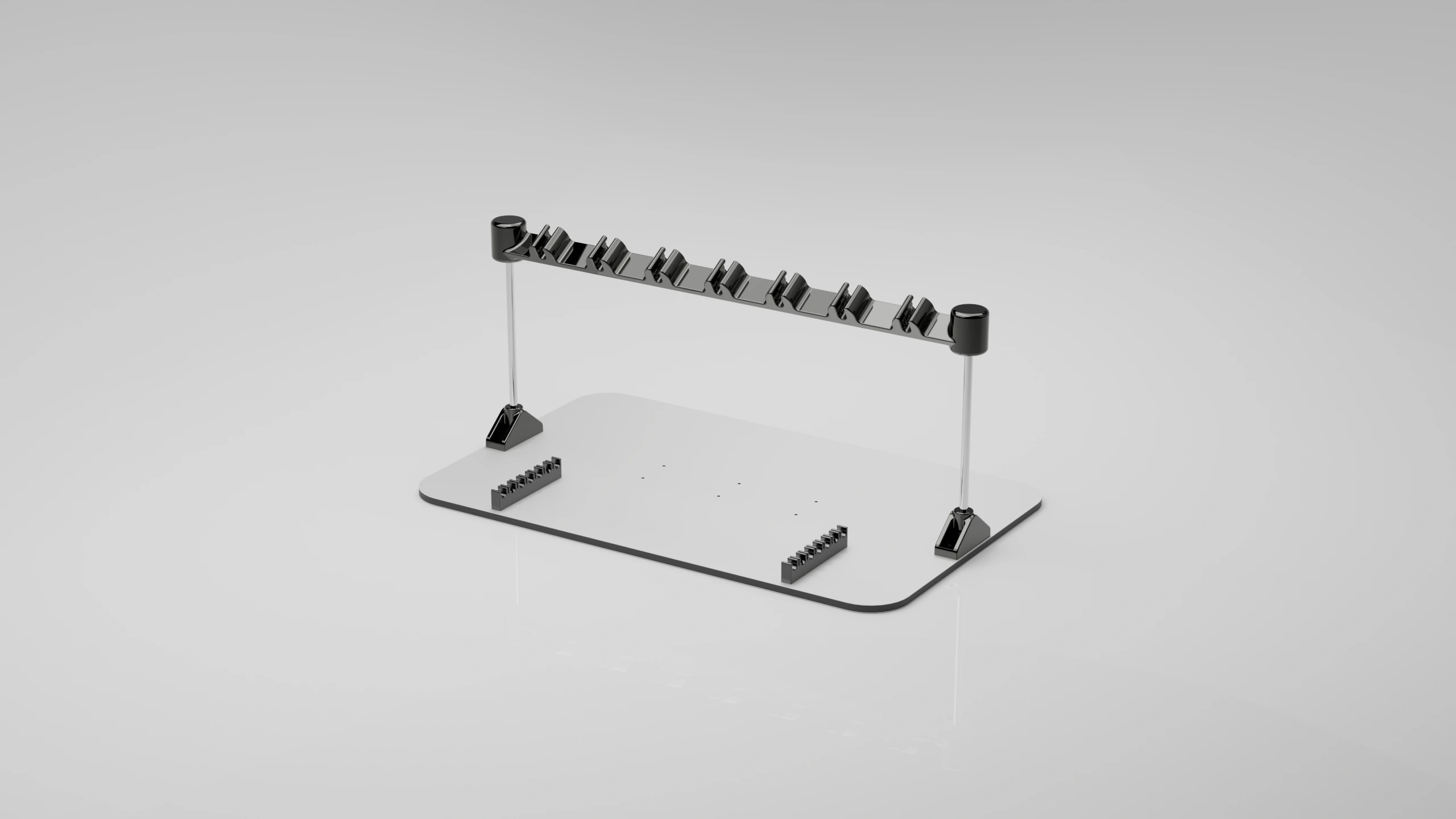PRODUCTS AND KITS
Browse all available products with filters for your needs. You can also see premade kits.
KIT AVATAR SINGLE
A kit for the Avatar system. This gives you an example of foundational components to get started with surgical training with one device.
And 1 More Item
SHOW KIT
KIT AVATAR DUAL
A kit for the Avatar system. This gives you an example of foundational components to get started with surgical training with two devices.
And 1 More Item
SHOW KIT
All Products
Series
Type

Address
Ekvatorsvagen 8, 42338 Torslanda, Sweden
fredrik.olsson@follou.se
Follou AB All Rights Reserved
www.follou-haptics.com
